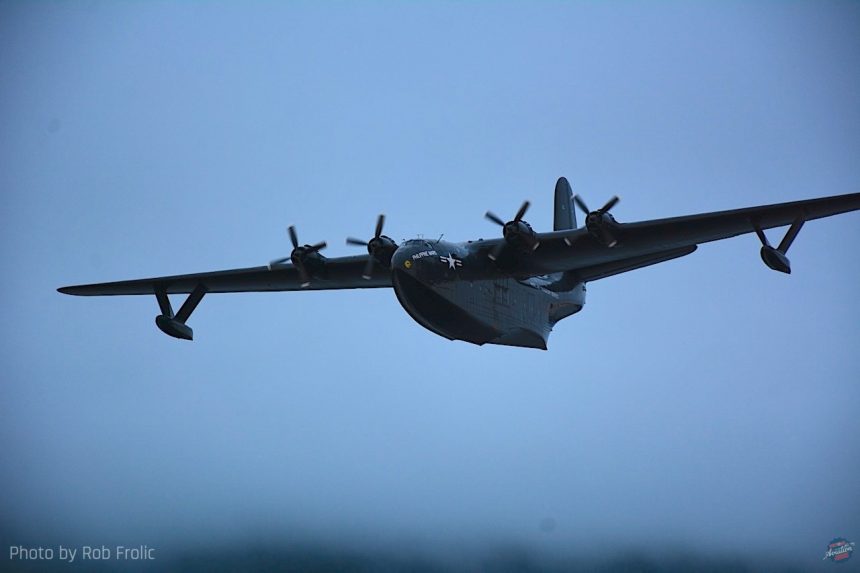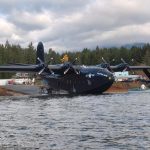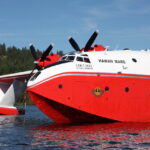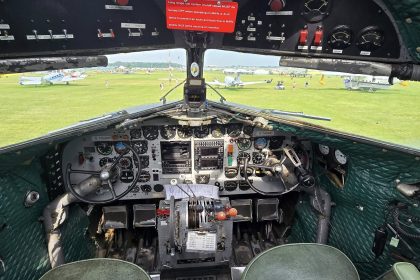In a momentous event for aviation enthusiasts, the Philippine Mars—one of the last two remaining Martin JRM Mars flying boats—has returned to the skies. Long revered for its service as a World War II transport aircraft and later as a firefighting water bomber for Coulson Aviation, this historic plane is now on its way to a new chapter. The aircraft’s flight signals the beginning of its journey to the Pima Air and Space Museum (PASM) in Tucson, Arizona, where it will become a centerpiece of the collection.
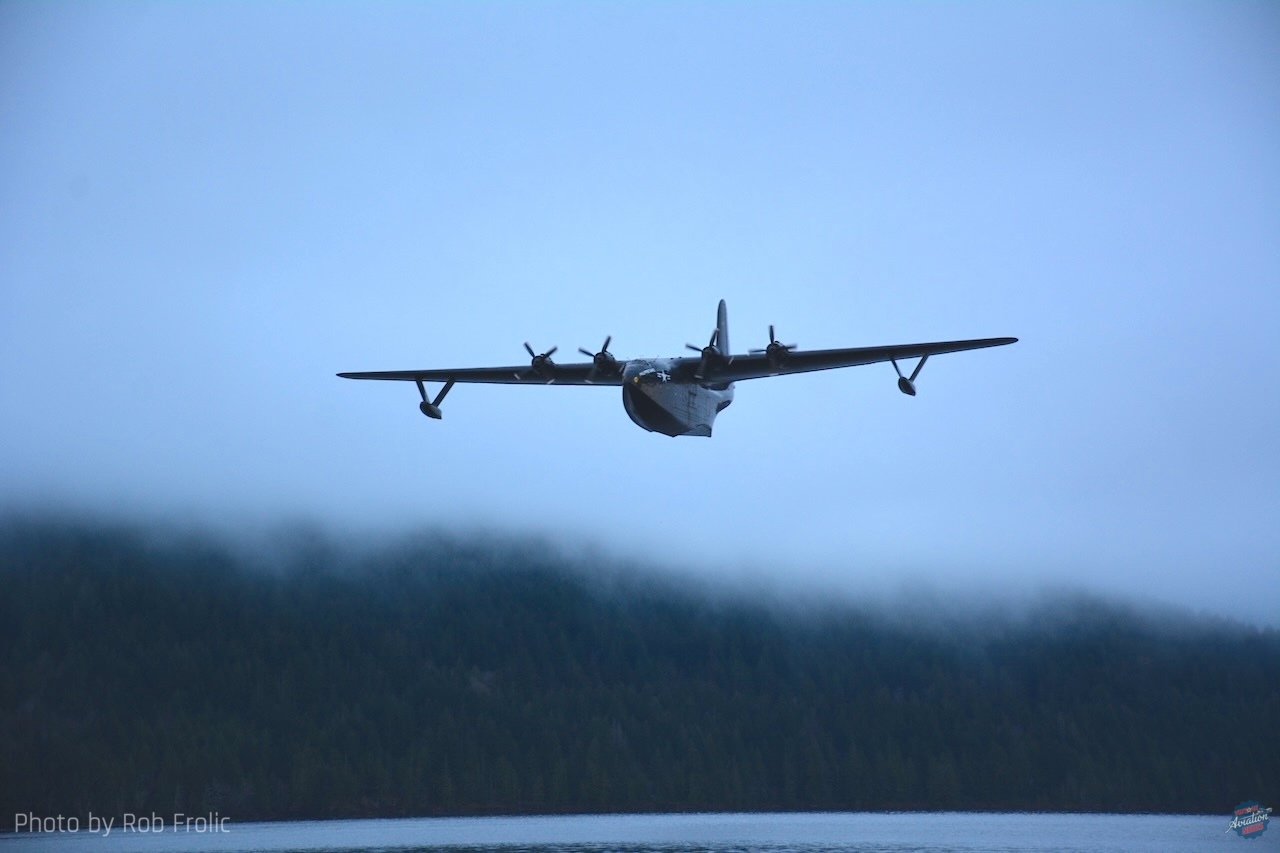
After undergoing extensive preparations and taxi tests, the Philippine Mars took off from its long-time home at Sproat Lake on Vancouver Island, British Columbia. The successful flight occurred in the afternoon of today December 3, 2024, marking a significant milestone in the aircraft’s transition to preservation. The aircraft took off, flew at approximately 200 feet for 4–5 minutes, and then landed before taxiing back to base. Transport Canada has granted Coulson Aviation the necessary permits to fly the Philippine Mars for check flights.

According to Alberni Valley News, the flight and ground crews took the Philippine Mars on several high-speed taxis on Sproat Lake since it went back in the water on November 7. A crack was discovered in one of the four engines; maintenance crews decided to swap it with one of the engines from the Hawaii Mars, which were still in working order from their flight in August. The engine was trucked up from Victoria and quickly replaced. “We were using the Philippine’s original engines. They had been inhibited and protected, but obviously there had been some damage at some point,” said Britt Coulson, president and chief operating officer. The Philippine Mars hasn’t flown since 2007, when Coulson Aviation bought it, and the Hawaii Mars from TimberWest timber company. The Hawaii Mars was flown to Victoria in August to the B.C. Aviation Museum.
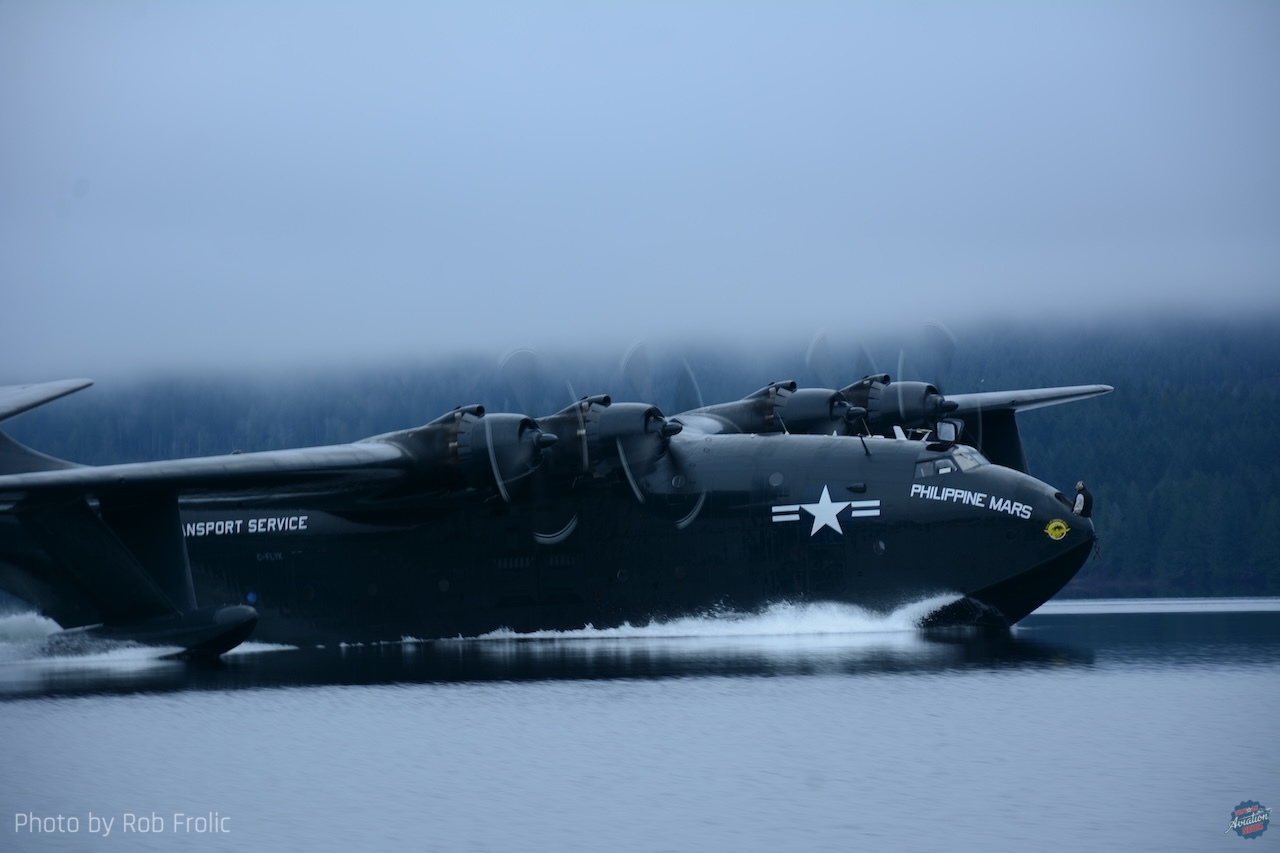
In March 2024, the British Columbia Aviation Museum announced its acquisition of the Hawaii Mars, the sister ship to the Philippine Mars. Just weeks later, PASM surprised aviation fans by revealing on Facebook that it would become the permanent home of the Philippine Mars. Coulson Aviation later confirmed the announcement, stating that the aircraft would soon find its “forever home” in Tucson.

The Philippine Mars is one of only seven Martin JRM Mars flying boats ever built, and its preservation ensures the legacy of this unique aircraft type will endure. Since the decision to relocate the plane, Coulson Aviation has conducted a meticulous restoration effort to prepare it for its ferry flight. This included detailed inspections of all systems, cabling, flight controls, and engines, along with the replacement or repair of any necessary components. The team aims to complete at least six hours of flight testing before setting out for Arizona, with a successful departure contingent on favorable weather conditions.
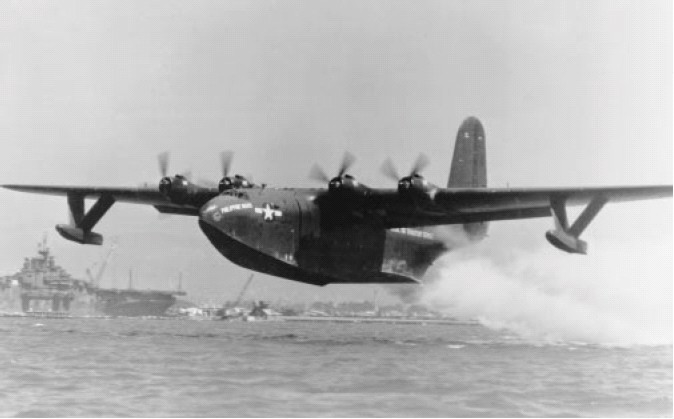
The Philippine Mars‘ final flight will include stops in San Francisco and San Diego, offering aviation fans a last opportunity to witness this iconic flying boat in action. It will then go to an undisclosed lake in Arizona before being partially dismantled for overland transport to PASM. With the Hawaii Mars now proudly displayed at the British Columbia Aviation Museum and the Philippine Mars soon to join PASM, aviation history enthusiasts can celebrate the preservation of these two remarkable aircraft. Many thanks to Rob Frolic for the pictures.








